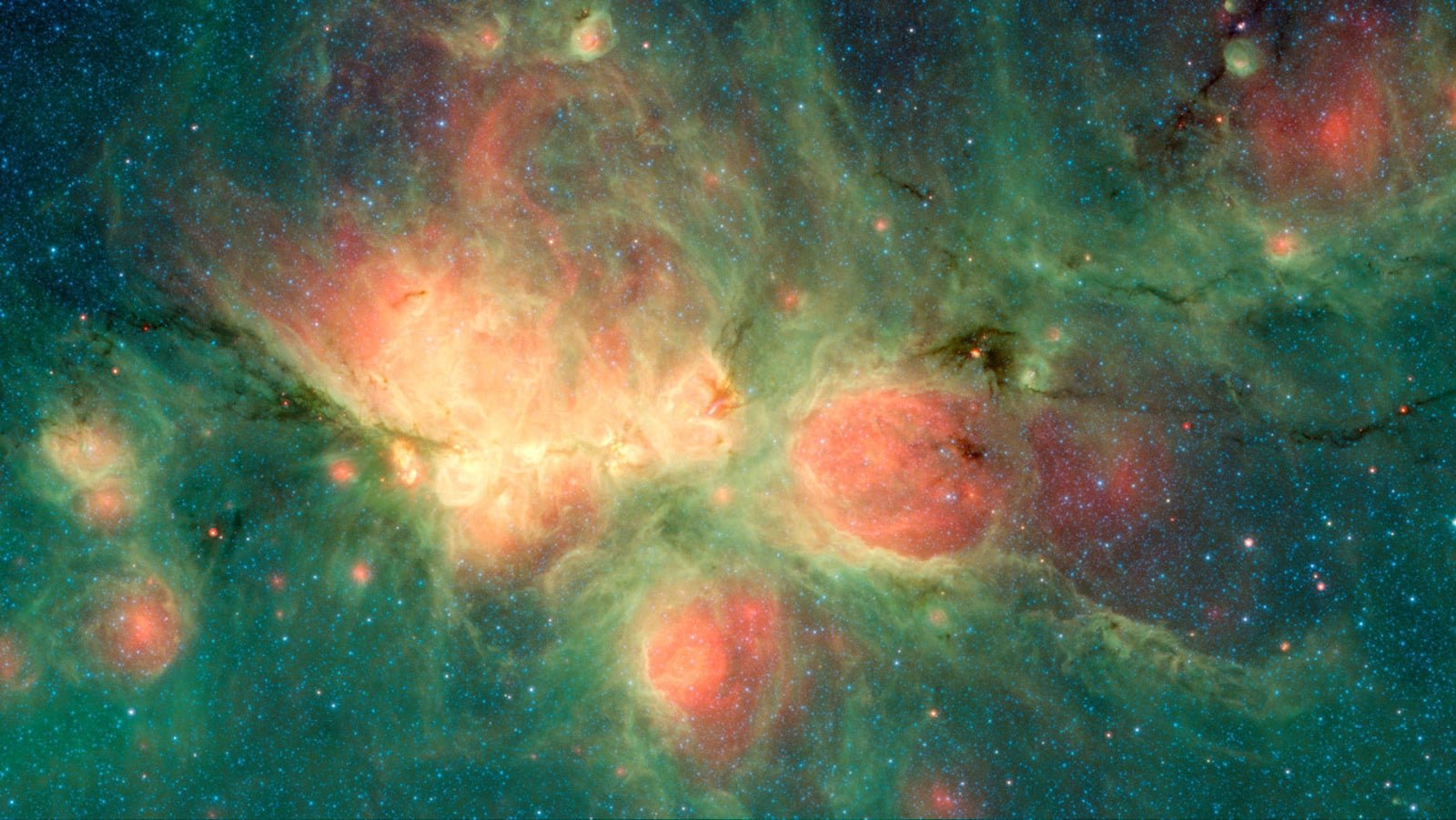One theory against time travel seems to have been debunked
“I have experimental evidence that time travel is not possible,” the late Stephen Hawking once said. “I gave a party for time-travelers, but I didn’t send out the invitations until after the party. I sat there a long time, but no one came.” Time-travelers were also invited to his funeral. It’s unclear whether any showed up.


“I have experimental evidence that time travel is not possible,” the late Stephen Hawking once said. “I gave a party for time-travelers, but I didn’t send out the invitations until after the party. I sat there a long time, but no one came.” Time-travelers were also invited to his funeral. It’s unclear whether any showed up.
That evidence aside, the biggest single argument against time travel is what is known as the weak energy condition, a part of Albert Einstein’s general theory of relativity that states that any object must have a non-negative amount of mass. So the argument has been: For a time loop to exist, you need negative mass. And no object with a negative mass has ever been observed in nature. So the time-looping wormholes seen in films like Interstellar aren’t possible.
In the journal Classical & Quantum Gravity, Caroline Mallary, a doctoral student at the University of Massachusetts, Dartmouth, as well as Gaurav Khanna and Richard Price, have published a paper that allows for time travel and does not require negative mass to work. The concepts in the paper itself are incredibly complex, with much discussion of “superluminal travel in a spacetime containing naked line singularities.”
Writing in The Conversation, Khanna—who is Mallary’s professor—explained: “Mallary’s model consists of two super long cars–built of material that is not exotic, and have positive mass– parked in parallel. One car moves forward rapidly, leaving the other parked. Mallary was able to show that in such a setup, a time loop can be found in the space between the cars.” In this scenario, the car’s “future self appears as well, and one can trace back the positions of both at every moment afterwards.” They have created this animation to explain:
Crucially, Mallary’s work doesn’t violate the weak energy condition. The objects do not need to have negative mass. It does, however, require the objects to contain singularities—which as far as we know are found in black holes—with infinite density.
“Moreover, unlike singularities that are present in the interior of black holes, which makes them totally inaccessible from the outside, the singularities in Mallary’s model are completely bare and observable, and therefore have true physical effects,” Khanna said. “Physicists don’t expect such peculiar objects to exist in nature, either.”
This is all highly theoretical. And the solution is, for now, as impossible as the original problem. But at least on paper, one reason why time travel is not possible may have been intellectually dispelled.